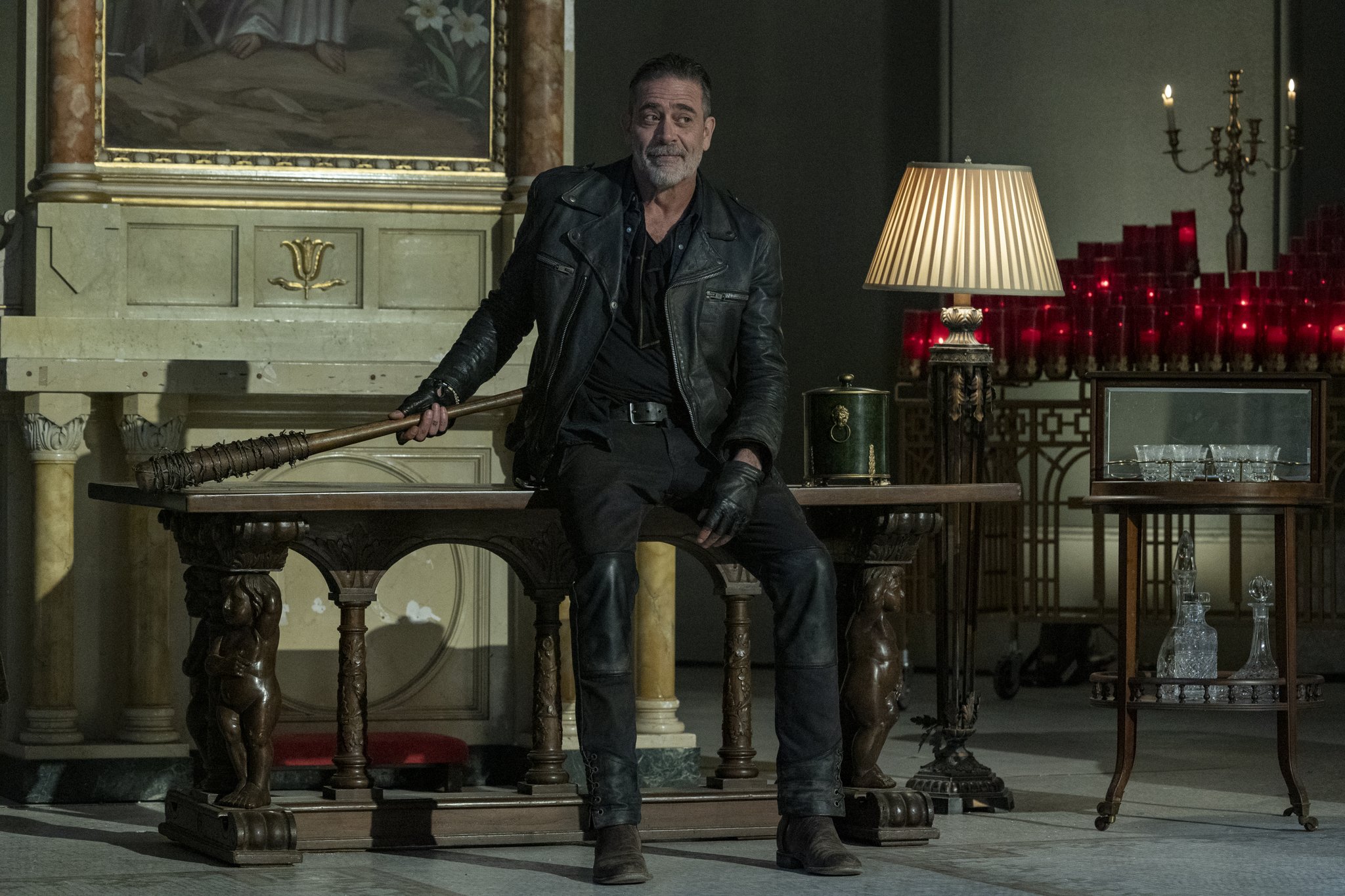RETRO REVIEW: "REAR WINDOW" (1954) - 70 Years Later
Imagine you get a call to set up a meet and greet dinner with Alfred Hitchcock to discuss writing the screenplay for an upcoming project based on Cornell Woolrich’s short story “It Had To Be Murder”. Being apprehensive, you virtually study every page prior to the dinner. When the time comes, the dinner is an array of wine, liquor, martinis, brandy, and of course, food. During the dinner, Hitchcock doesn’t bring up “Rear Window” once, but instead, simply asks you if you're familiar with his work. This is precisely how the night went for John Michael Hayes, who would indeed go on to write the screenplay, which is still considered a masterpiece 70 years later.
The story focuses on L.B. Jefferies, a house and wheelchair-bound photographer, who begins to spy on his neighbors across his courtyard window. His visiting nurse Stella ( Thelma Ritter ) and fashion model girlfriend Lisa ( Grace Kelly ), join in the fun, but the live show takes a serious turn when they are convinced one of the neighbors is a murderer.
One of the most intriguing aspects of the film is how each character is written. Despite the story being a murder mystery, there is much humor throughout, which keeps things quite interesting - you have dancing and seemingly loose Miss Torso, the kooky but sad Miss Lonelyhearts, and of course, the couple who slept on the fire escape to beat the summer heat. Being that Grace Kelly was new to the business at the time, Hitchcock felt she was stiff, and a little worried about her character. To assist, Hayes based her character after his own wife, who was a model and had a little spice to her. During the premiere, Hayes recalls his wife turning to him during scenes that seemed all too familiar and asking “ Where do you suppose they got that from?”
The scene depiction throughout the film is of exquisite measure, utilizing bright colors and patterns within the intended frame. It’s a lovely pattern of Jeff’s point of view, to what he sees, back to his apartment showcasing his reaction. Eventually, the pattern breaks, when the threat becomes even more prominent, and the neighbors dog is killed, and the audience gets a closer look at who they have been peeping at along with Jeff, before reverting back to his apartment view to investigate the situation further.
Despite the multiple storylines, none of them overshadows the main focus, which is Thorgood and his suddenly missing wife. It’s an interesting viewpoint of storytelling, rarely hearing any dialogue from that side of the street, yet, you are just as invested in him as much as Jeff and Lisa become. When the barrier is broken, the safety of Jeff’s apartment is taken away when Thorgood quickly finds his way to his front door, building up the suspense of the story.
One can certainly question the main characters’ actions. Of course, Jeff is depicted as the hero, and Thorgood is the villain. But did Jeff have the right to spy in the first place? Sure, murder is looked down upon, but so is being a peeping Tom. It’s an interesting dynamic, especially when his detective friend keeps telling him to put it to rest and stop worrying, despite the overwhelming evidence depicted through Jeff’s viewpoint.
If your not familiar with this film, it’s hard to accept the essence is the audience watching a character watch other people, and find it interesting. The other characters were necessary for the distraction, but how do you keep it from being outright chaotic? The truth of the matter is, it was sheer genius how Hayes and Hitchcock pulled it off. It unfolds like a broadway play, except you have your own window to peek through. It somewhat feels like playing a prank, until the situation goes too far and puts our main characters in jeopardy, building up the excitement. It’s quite a phenomenon, and should be remembered and rewatched as such.
Stay up to date with “The Dark Side Of Pop Culture” by following Macabre Daily on Instagram, Facebook, and Twitter.
















